
Houseplants, just like people, need to adjust to winter conditions. As your home gets closed tighter for winter and is heated, the overall environment around your houseplants becomes drier. And, depending on where the plant is located, cold or hot drafts can become a problem. Finally, as days get shorter and winter clouds dominate the sky the quantity and quality of light is typically greatly reduced.
As a result, your houseplants may not only begin to look unhealthy, they may be facing a real seasonal threat to their existence. Visible symptoms include sudden leaf loss, leaf tips turning brown, and a generally droopy or wilted appearance.
Fortunately, if you see these signs of trouble, all is not lost and with just a little thought and effort you can restore your houseplants to vigorous health – to help you out, here is a convenient checklist:
Some plants are sensitive to the fluoride and chlorine in tap water. Water containers should stand overnight to allow these gasses to dissipate before using on plants.
Nobody likes the shock of a cold shower – least of all your more temperature sensitive houseplants so be sure to allow winter chilled tap water or collected rain water to warm to room temperature before watering.
Winter dryness means more and finer dust indoors so be sure to wash the dust off of houseplant leaves on a regular basis. This allows the leaves to gather light more efficiently and will result in better growth and health.
Winter dryness also means you should have some plan for humidifying your plant’s environment such as misting, or placing humidity-loving houseplants on trays filled with pebbles and water. Pots should sit on the pebbles, not in the water.
Conversely, too much water is worse than too little. Pay attention to the soil of your houseplants and avoid overwatering. When in doubt err on the side of too little vs. too much water.
Likewise, avoid overfeeding with too much fertilizer and NEVER feed a thirsty plant — a good rule of thumb is to always water one day and feed the next.
If you have not repotted your houseplants in recent memory they may be suffering from being root bound. You can test for this by sliding a knife down the inside edge of the pot. If there is resistance, it means that large roots have grown out to the edge of the soil ball. Remove the plant from its pot, and cut away any large, circling roots on the outside of the soil ball. Pot into the next largest container, using fresh Master Nursery potting soil.
Winter heating may subject your plants to the twin shocks of sudden cold and hot drafts — both are to be avoided. Make sure your plants are not in the direct output of your furnace air ducts, cold air returns and/or fireplace radiant heat. This also holds true for exposure to entry way door areas, drafty stairwells, etc.
During winter’s lower lighting conditions, your houseplants can become lopsided. To keep your plants from leaning, rotate them a quarter turn every 2 weeks or supplement the natural light with grow lights until spring when the sun is higher and stronger.
The above checklist should prevent and/or solve the vast majority of houseplant problems. But, if they do not, just bundle your sick plant up warmly and bring in to the Nursery for the help you need to restore your sick houseplant to health and vigor.

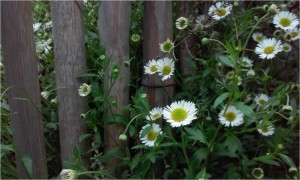
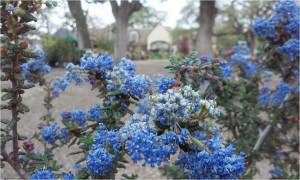
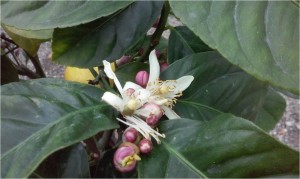
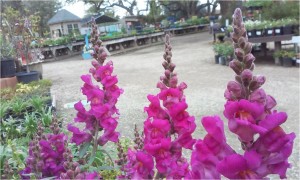
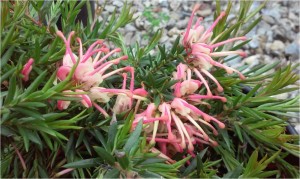
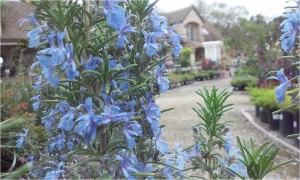

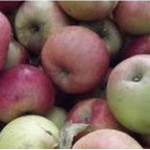 Apple trees are as lovely in bloom as any strictly ornamental flowering specimen. But unlike ornamentals, apple trees will provide you with a delicious harvest of fruit. And because you’ll be able to enjoy that fruit fresh off the trees (when it tastes best), you’ll have added incentive to adhere to the old maxim about having one a day to keep the doctor away!
Apple trees are as lovely in bloom as any strictly ornamental flowering specimen. But unlike ornamentals, apple trees will provide you with a delicious harvest of fruit. And because you’ll be able to enjoy that fruit fresh off the trees (when it tastes best), you’ll have added incentive to adhere to the old maxim about having one a day to keep the doctor away! Gravenstein
Gravenstein Arkansas Black
Arkansas Black![prunny[1]](https://www.aldenlane.com/m/wp-content/uploads/2016/01/prunny1.jpg)
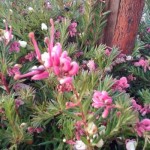
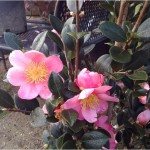
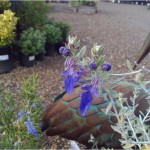
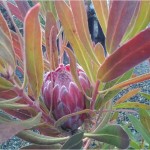

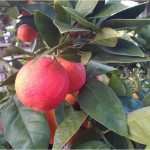
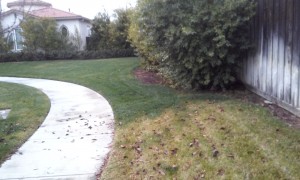


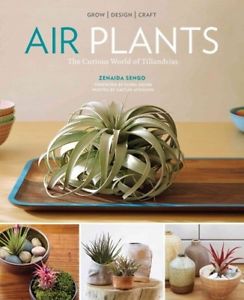
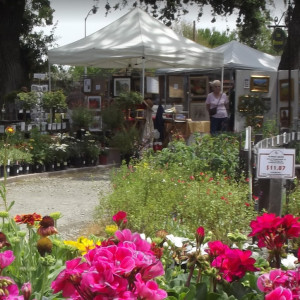
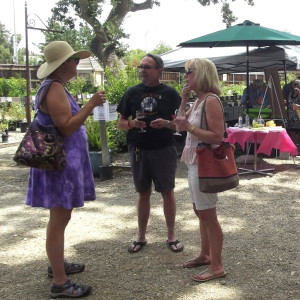
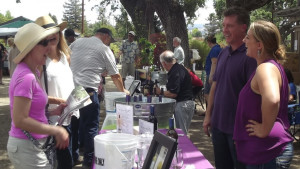
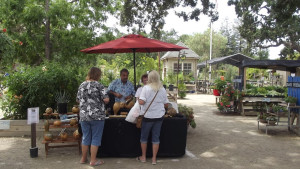

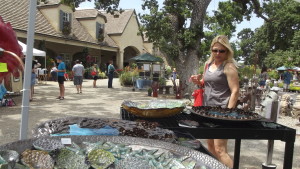
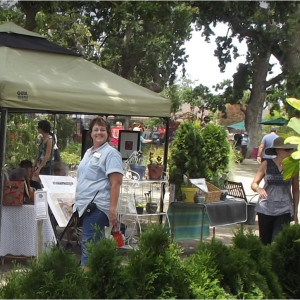
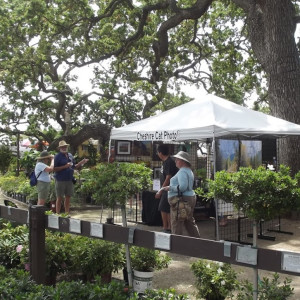
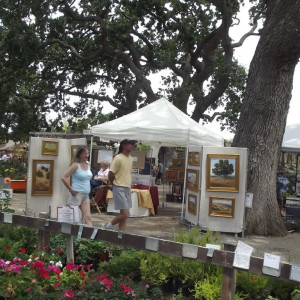
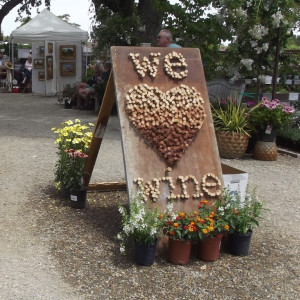
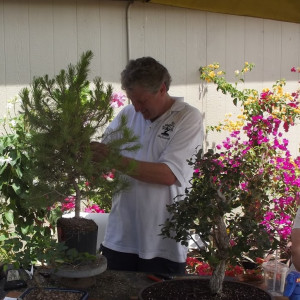
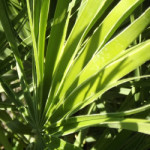
![bougainvilleas[1]](https://www.aldenlane.com/m/wp-content/uploads/2015/06/bougainvilleas1.jpg)
![althea[1]](https://www.aldenlane.com/m/wp-content/uploads/2015/06/althea1.jpg)
![cordyline[1]](https://www.aldenlane.com/m/wp-content/uploads/2015/06/cordyline1.jpg)
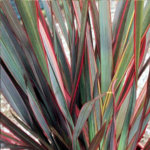 Phormiums or New Zealand Flax are big dramatic plants with sword-like leaves. They produce red or yellow flower clusters on stems that reach high above the leaves. Available in foliage colors ranging from purple-red, bronze, purple and variegated with green leaves with a creamy white stripe. Give them plenty of room in your planting bed – leaves can reach 9 feet in height and the clump can spread to 5 feet. Smaller varieties are available
Phormiums or New Zealand Flax are big dramatic plants with sword-like leaves. They produce red or yellow flower clusters on stems that reach high above the leaves. Available in foliage colors ranging from purple-red, bronze, purple and variegated with green leaves with a creamy white stripe. Give them plenty of room in your planting bed – leaves can reach 9 feet in height and the clump can spread to 5 feet. Smaller varieties are available